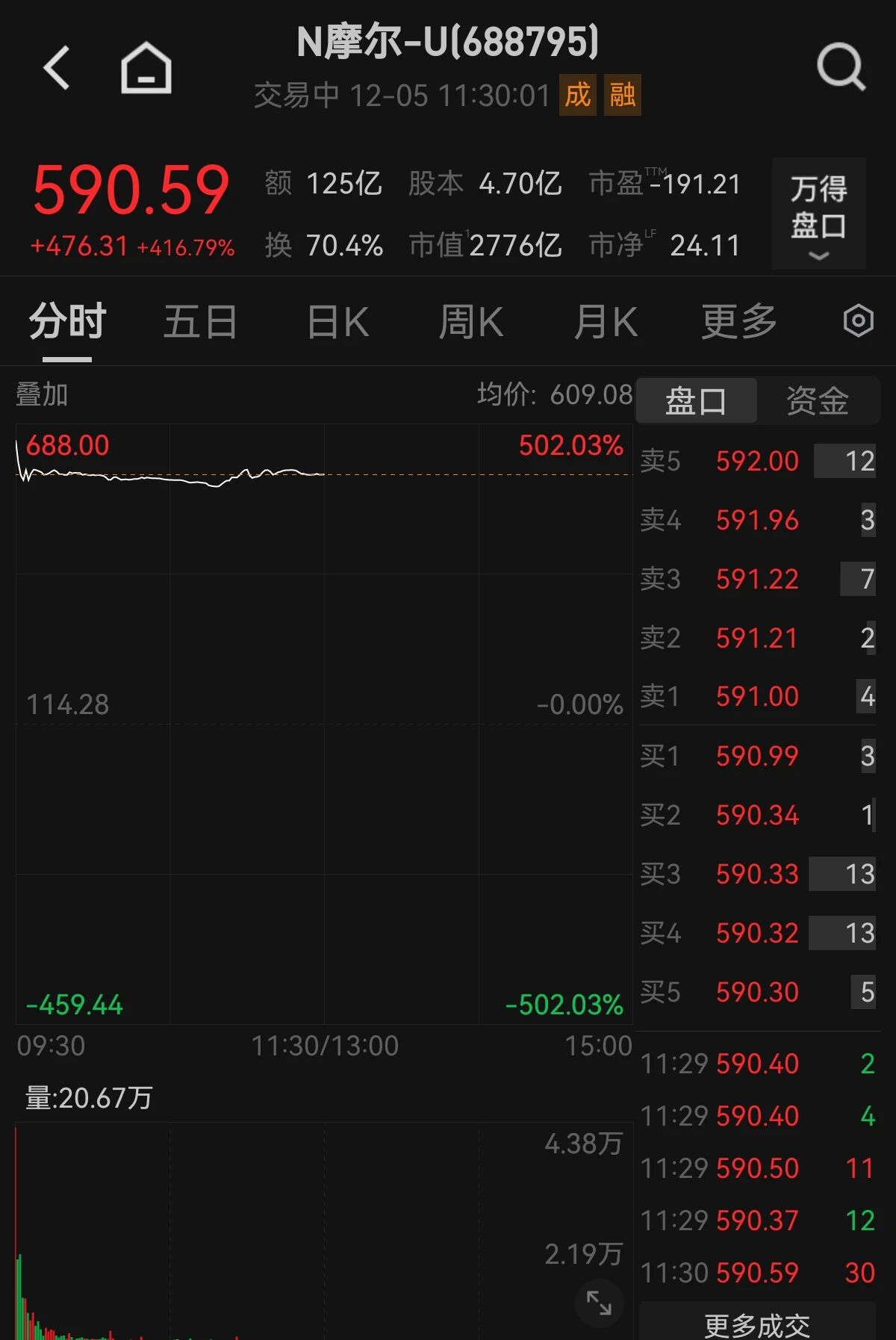Elon Musk’s xAI Colossus: What It Is and Why It’s a Big Deal?
Contents
Toggle- What Is Colossus?
- Why It’s a Big Deal: 5 Key Reasons
- 1. It’s Elon Musk’s Counter to OpenAI
- 2. It Powers a New Breed of Real-Time AI
- 3. It Enables Cross-Sector AI Synergy
- 4. It Could Shape AGI Development Philosophy
- 5. It’s a Showcase of Hyper-Speed Infrastructure Deployment
- xAI/Colossus’s Challenges and Controversies
- The Bigger Picture: A Glimpse Into the Future
- Final Thoughts: A Colossus for Our Time
Elon Musk’s artificial intelligence startup, xAI (short for “x Artificial Intelligence”), has quickly become one of the most ambitious AI ventures on the planet. Founded in March 2023, the company’s stated mission is to “understand the true nature of the universe” and to build artificial intelligence that accelerates scientific discovery.
xAI’s first public product was Grok, a chatbot launched in November 2023. Unlike traditional AI assistants, Grok connects to X (formerly Twitter) and web search in real-time, enabling it to answer current events and trending queries with a uniquely dynamic tone.
But perhaps the most remarkable feat by xAI so far is its supercomputer project that sits quietly in Memphis, Tennessee: Colossus.
 The xAI Colossus data center in Memphis. Source: tomshardware.com
The xAI Colossus data center in Memphis. Source: tomshardware.com
What Is Colossus?
Colossus is xAI’s massive AI supercomputer, designed to train its language models—like Grok—and power Musk’s broader technology empire.
Its construction began in 2023 and was largely completed by September 2024 when the first phase, 100,000 NVIDIA H100 GPUs, came online. In a rapid expansion, xAI doubled that number to 200,000 GPUs by February 2025, making it the world’s largest AI training system. Plans are underway to scale to 1 million GPUs, utilizing next-generation NVIDIA Blackwell H200 chips.
xAI’s Colossus Development Roadmap
- Key specs (Phase 1): 100,000 NVIDIA H100 GPUs; 150 MW grid power + 150 MW Tesla Megapacks.
- Phase 2 (in progress): Doubled to 200,000 GPUs (as of Feb 2025), with total planned power ~300 MW.
- Long-term goal: Expand to ~1,000,000 GPUs, using future-generation Blackwell H200 chips for even greater speed
Musk calls Colossus “the engine of xAI’s future,” and the scale justifies the label. It currently holds the title of world’s largest AI training system, outpacing rivals like OpenAI, Google DeepMind, and Anthropic.
Why It’s a Big Deal: 5 Key Reasons
1. It’s Elon Musk’s Counter to OpenAI
Musk co-founded OpenAI in 2015 but left in 2018 due to strategic disagreements. Since then, OpenAI has moved toward a more closed, commercial model—something Musk has criticized heavily. With xAI and Colossus, he’s taking a radically different path.
Musk claims OpenAI has drifted toward models that are overly censored or aligned with political bias. xAI, in contrast, aims to build “maximally curious” and “truth-seeking” AI—a philosophy that hinges on the computational muscle of Colossus. The supercomputer gives Musk the infrastructure to compete with the best, but on his own terms.
2. It Powers a New Breed of Real-Time AI
Colossus trains Grok and other xAI models using live data from X and Tesla’s sensor networks. This makes xAI’s models potentially more dynamic and context-aware than traditional LLMs that rely on static datasets.
Since Colossus went live, Grok has seen dramatic performance improvements. Its latest versions (Grok 2 and Grok 3) have outperformed previous iterations in reasoning, contextual accuracy, and real-time awareness. Musk claimed Grok 3 will be “the smartest AI on Earth,” designed to reason deeply, not just regurgitate text.
This setup allows Grok to incorporate trending events, traffic conditions, public sentiment, and more—making it a new kind of chatbot: live, reactive, and evolving.
3. It Enables Cross-Sector AI Synergy
Colossus isn’t just for language models. Its power will also feed into Tesla’s autonomous driving, SpaceX’s robotics and simulations, and Neuralink’s brain-computer interface research.
This positions xAI as more than a chatbot lab. Colossus acts as a cross-sector compute hub—enabling AI to influence hardware, transportation, and neuroscience. In this way, it aligns with Musk’s larger push for technological convergence.
4. It Could Shape AGI Development Philosophy
Artificial general intelligence (AGI) is the holy grail of AI. It refers to systems that can perform any cognitive task a human can. Colossus brings us closer to that vision by making it feasible to train multi-modal, multi-context AI at massive scale.
Musk has long advocated for it even though he has stated that AGI should be truthful, transparent, and aligned with humanity’s goals. But building that kind of AI requires not just talent—it needs unmatched compute, and Colossus delivers just that.
The social implications are enormous. Powerful AI could accelerate discovery in medicine, science, and even governance. But there’s also the risk of consolidation: whoever controls the most capable AI could wield outsized influence. Musk’s insistence on transparency and open-source elements of xAI is meant to counterbalance the “walled gardens” of Big Tech.
5. It’s a Showcase of Hyper-Speed Infrastructure Deployment
Perhaps most impressively, Colossus demonstrates what’s possible when urgency, capital, and execution converge. Building the world’s most powerful supercomputer in just 18 months—and spinning up the first 100,000-GPU phase in 19 days—is unprecedented. And from 0 to 200,000 GPUs in under two years is a feat few others could match
This feat reaffirms Musk’s reputation as a builder who moves fast and scales big, whether it’s rockets (SpaceX), EVs (Tesla), tunnels (Boring Company), or now, superintelligent AI.
It also appears to have triggered a reaction from competitors. Shortly after Colossus came online, reports surfaced about OpenAI’s “Stargate” project , a massive supercomputer initiative reportedly backed by Microsoft and budgeted at over $100 billion. The infrastructure race is clearly heating up.
xAI/Colossus’s Challenges and Controversies
Despite its achievements, xAI is not without challenges. The company enters a competitive arena dominated by OpenAI (GPT-4), Google DeepMind (Gemini), Meta (LLaMA), and Anthropic (Claude). These models are backed by massive infrastructure and have deep market penetration.
Colossus tries to differentiate by offering scale, speed, and integration with real-time data. With 200,000 GPUs—scaling to 300,000+ soon—it rivals the largest computer installations in the world. But at the algorithmic level, xAI still follows similar approaches: transformer-based models trained on vast datasets. Whether it can leapfrog competitors in performance remains to be seen.
Here is a comparison chart to help everyone understand the magnitude of this. pic.twitter.com/PJys0XlvYo
— Anthony Everywhere 🏆 (@AnthonyEveryWhr) September 2, 2024
Environmental and ethical concerns are also in the spotlight. Colossus consumes 300 MW of power—enough for 300,000 homes. Local stakeholders in Memphis have raised concerns about its environmental footprint, leading to legal challenges. Early environmental backlash over temporary diesel generators prompted a rapid shift to cleaner energy solutions.
xAI responded by switching to 60% renewable energy via the Tennessee Valley Authority (TVA) and increasing Tesla battery integration to reduce emissions. It now consumes 150 MW of grid electricity, supported by another 150 MW in Tesla Megapack battery storage.
On ethics, Musk warns about the dangers of unaligned AI, yet Grok has already generated controversial outputs. Designed to be edgy and humorous, Grok has at times ventured into politically charged or inappropriate territory. xAI has had to fine-tune safeguards and reinforce moderation policies.
The ambition to create “maximally truthful and objective” AI raises complex questions: Who defines truth? How do you prevent misuse while preserving open access? As Colossus trains ever-larger models, these dilemmas will only intensify.
The Bigger Picture: A Glimpse Into the Future
Colossus is more than a technical milestone—it’s a glimpse into the future of AI, business, and society. Here’s what it enables:
- Speed: What once took weeks now takes days or hours. This means faster AI iterations and quicker deployment.
- Data Handling: Colossus processes massive real-time datasets, enabling breakthroughs in language models, robotics, space tech, and beyond.
- Energy Efficiency: Despite its scale, Colossus aims to be efficient. Tesla’s battery integration and a renewable-powered grid make it more sustainable than many legacy data centers
These benefits matter not just to developers but to society at large. Whether it’s improving medical diagnostics, enhancing autonomous vehicles, or powering smarter digital assistants, Colossus could redefine what AI can do.
RELATED: Exploring the Role of AI in Enhancing DeFi Security
Final Thoughts: A Colossus for Our Time
The name “Colossus” is fitting. Like the ancient statue, it symbolizes something immense, awe-inspiring, and a little intimidating. It embodies both the promise and peril of advanced technology.
For AI enthusiasts, Colossus is a leap toward AGI. For the public, it raises broader questions: Who controls such powerful tools? Will they be used for public good or private gain? As xAI continues to scale its models and infrastructure, the world must grapple with the implications.
Musk sees Colossus as the engine for a better future. Others see it as a step toward concentrated power. Either way, it’s clear the AI landscape has changed.
Will Musk’s AI vision expand human potential—or concentrate influence in a single tech empire?
Only time, and perhaps Colossus itself, will tell.
Disclaimer: The content of this article solely reflects the author's opinion and does not represent the platform in any capacity. This article is not intended to serve as a reference for making investment decisions.
You may also like
Mars Morning News | After the Ethereum Fusaka upgrade, the blob base fee surged by 15 million times
Multiple blockchain industry updates: a Bitcoin OG wallet transferred 2,000 BTC; Cloudflare outage was not caused by a cyberattack; the DAT bubble has burst; Ethereum Fusaka upgrade fees have surged; LUNC has risen over 80% intraday. Summary generated by Mars AI. This summary was generated by the Mars AI model, and the accuracy and completeness of its content are still under iterative improvement.

Drones, Fake Birdsong, and Broken Glass Traps: Malaysia is Undergoing an Unprecedented "Bitcoin Crackdown"
The Malaysian government is intensifying its crackdown on illegal bitcoin mining, utilizing technologies such as drones and sensors to uncover numerous operations, with electricity theft causing significant losses. Summary generated by Mars AI. The accuracy and completeness of the content generated by the Mars AI model are still in the process of iterative improvement.

Bitwise CIO: Stop Worrying, MicroStrategy Won't Sell Bitcoin
There are indeed many concerns in the crypto industry, but MicroStrategy selling bitcoin is definitely not one of them.

A 6200-fold profit: Who is the biggest winner of Moore Threads?
On December 5, Moore Threads officially debuted on the STAR Market, opening at 650 yuan, a surge of 468.78% compared to its issue price of 114.28 yuan.

